DAVID ADJAYE: MAKING MEMORY
The British-Ghanaian Architect Presents Seven Key Projects at the Design Museum in London
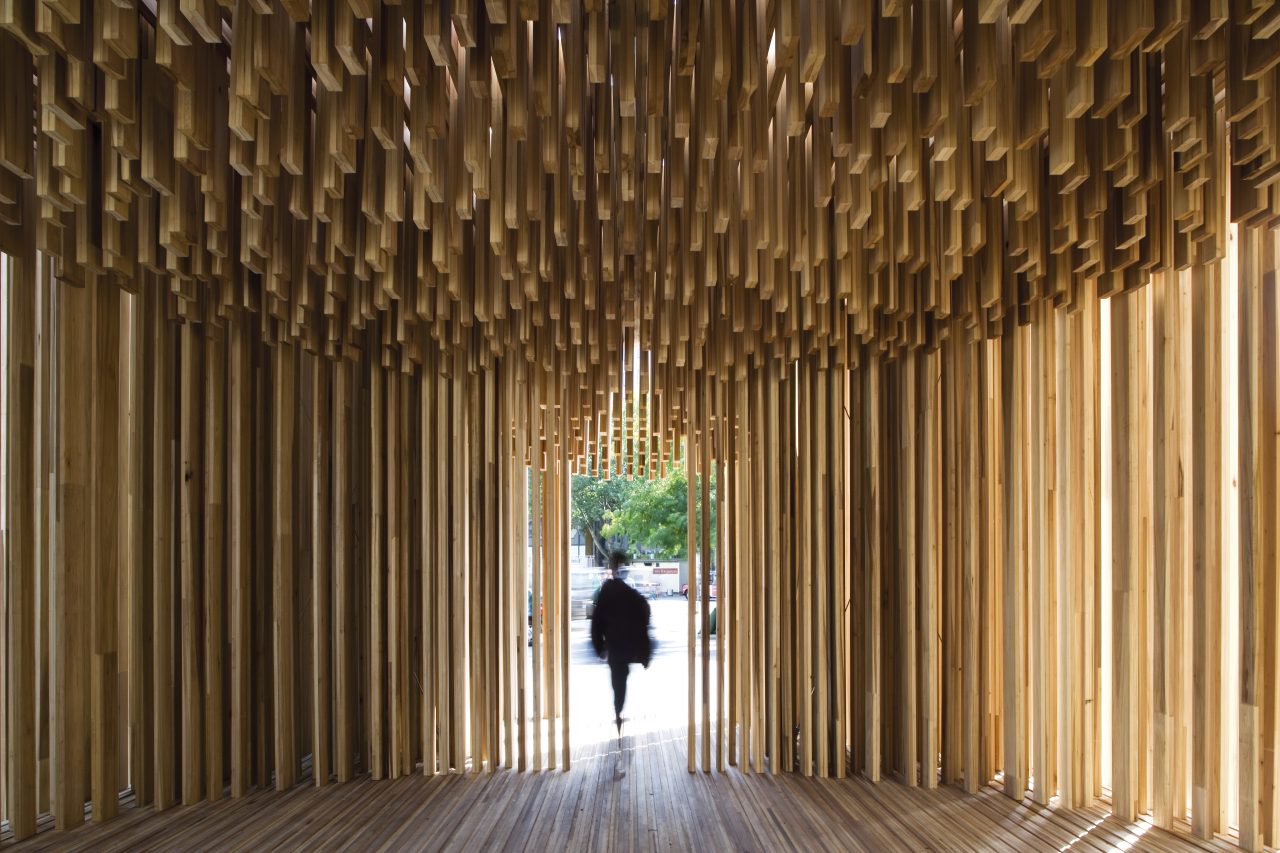
One of the world’s leading architects, David Adjaye has created monumental works which provoke emotion and ignite thought. Making Memory, now exhibited at the Design Museum in London, presents seven of Adjaye’s key projects and their influences, completed and ongoing. Highlighting the themes he presents in his work, Adjaye’s philosophy is to allow the buildings to tell their own stories through place, process and the people that inhabit those spaces. The exploration of memory and its various meanings and notions are explored on each occasion.
Carefully curated, the buildings designed by the British-Ghanaian architect each hold his specific DNA: working with a subject matter key to society and the buildings location. For a newcomer to Adjaye’s work, or for others well-versed in all of his international builds, the curation in Making Memory presents Adjaye’s motivations in the most clarified way. He wants us to reflect and analyse buildings and monument for their deep cultural significance. Adjaye’s work ranges from private residential builds for artist friends, community spaces and monuments to world-renowned institutions. To some his buildings are instantly recognisable through aesthetics, but it is underlying sensibility that ties his works all together. He’s built Sugar Hill, a low cost housing project in Harlem to a children’s cancer treatment centre in Rwanda and a visual arts centre in London called Rivington Place, promoting cultural diversity in the arts. His interest in public spaces and their potential is often explored with the underlying importance of equality.
Explored in Making Memory are his landmark structures such as the Smithsonian National Museum of African American History and Culture in Washington D.C. and the National Cathedral of Ghana soon to be built in Accra set amongst 5.5 hectare of landscaped gardens. Sketches, plans, renders and models are all exhibited, presenting a transparent look into the development of each project. Still, the focus of each is the overall concept and it is presented in each project’s room. The Smithsonian was inspired by the tiered exterior and form of sculptures in the museums collection, more specifically a Yoruba veranda post by sculptor Olowe of Ise (1873-1938) who was considered one of the most pivotal Yoruba sculpture artists of the 20th century. Also physically presented in the exhibition are Asante tribal umbrellas which inspired the The National Cathedral of Ghana’s design. The commercial project of the Sclera Pavilion which was created for the London Design Festival 2018 is presented with a smaller display of the physical encompassing wood structure (from the exhibition sponsor) and allows guests to feel the power of such a design with a specific material: American tulipwood. In addition to exploring space and material the pavilion is inspired by the human eye and its structure, with sketches and notes also presented to convey this. The traditional pagodas in South Korea directly influenced the design of The Gwangju River Reading Room, with the striking architecture model presented in one of the first rooms of the exhibition. A collaboration between Adjaye and the writer Taiye Selasi, the books selected for the Gwangju River Reading Room are also available to be read by Making Memory guests.
Three key ongoing projects presented in Making Memory are the UK Holocaust Memorial and Learning Centre, the Mass Extinction Memorial Observatory and the Coretta Scott King and Martin Luther King Jr. Memorial. Quite possibly the only exhibitions where unrealised projects make sense to exhibit, the memorials are equally as important in their research as they are in their realisation. Even with their presence in Making Memory, they create discussion over contemporary and urgent issues. The UK Holocaust Memorial and Learning Centre planned to reside next to the Palace of Westminster in London’s Victoria Tower Gardens. It will be the first building in the UK dedicated to the Holocaust. Together with Ron Arad Architects and Gustafson Porter + Bowman, Adjaye will create “a living space, not just a monument to something of the past”. The Coretta Scott King and Martin Luther King Jr. Memorial project is still a proposal, yet to be confirmed which architect will indeed build the memorial in Boston. The proposed design sees the surface of the memorial engraved with text from the Kings’ speeches, and this is also presented visually in the exhibition. The Mass Extinction Memorial Observatory is intriguing indeed. Also a proposal, the memorial observatory would be located on the Isle of Portland in the UK, an ideal location to enabling an emotional connection to a physical experience. Dedicated to preserving the memory of extinct species, the design is a continuous spiral walkway, with walls lined with illustrative carvings of the 860 species already extinct since the Dodo bird. It is indeed an informative building to not only highlighting current extinction rates, but to also remind existing generations to not forgot what came centuries before. Site-specific and site-sensitive, again, this is another example of the memorial as a space of public memory.
History and the perception of events certainly changes over time, but buildings and monuments have the ability to hold on to that history. Immortalised through their physicality, they can continue to tell their stories over large periods of time, thus highlighting their incredible importance but equally as powerful is their influence to alter existing perceptions of the truth into something new. Adjaye’s careful project selection enables him too to be a story-teller, just as he intends his buildings to be.
∆
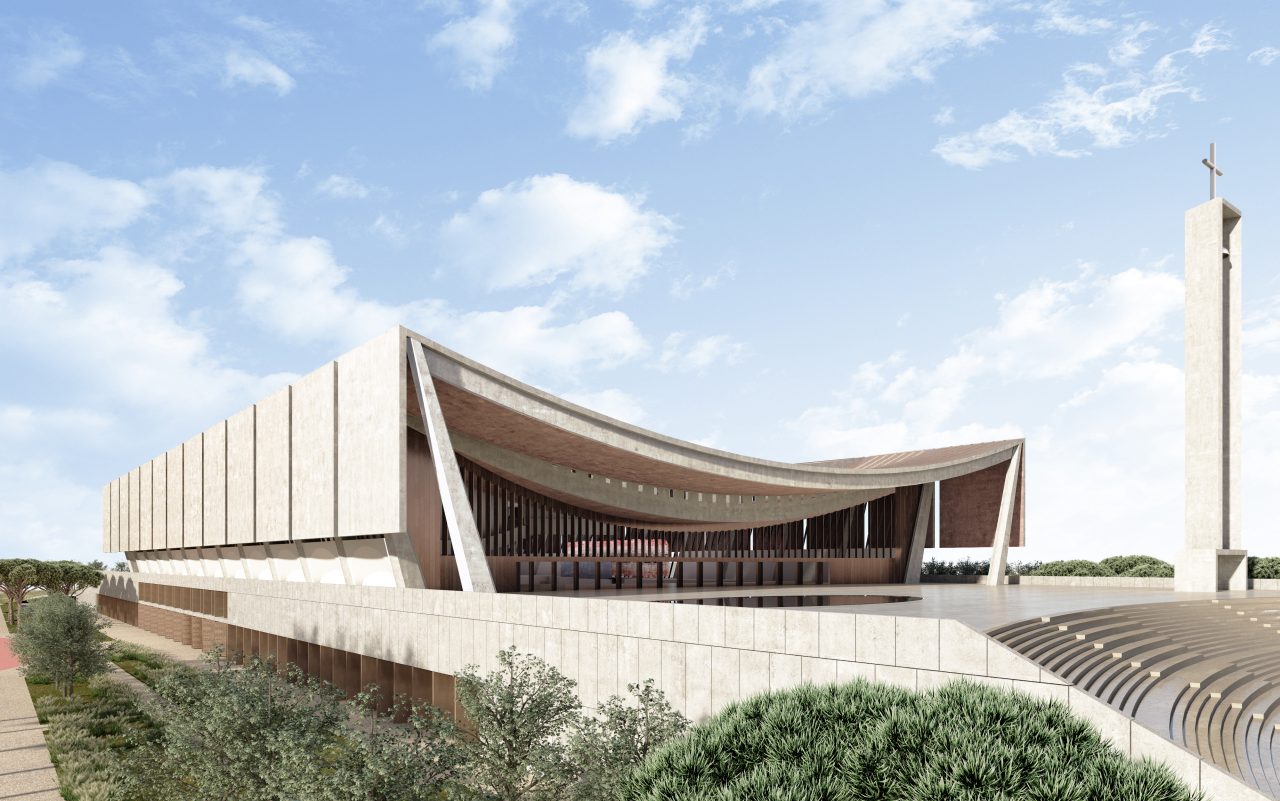
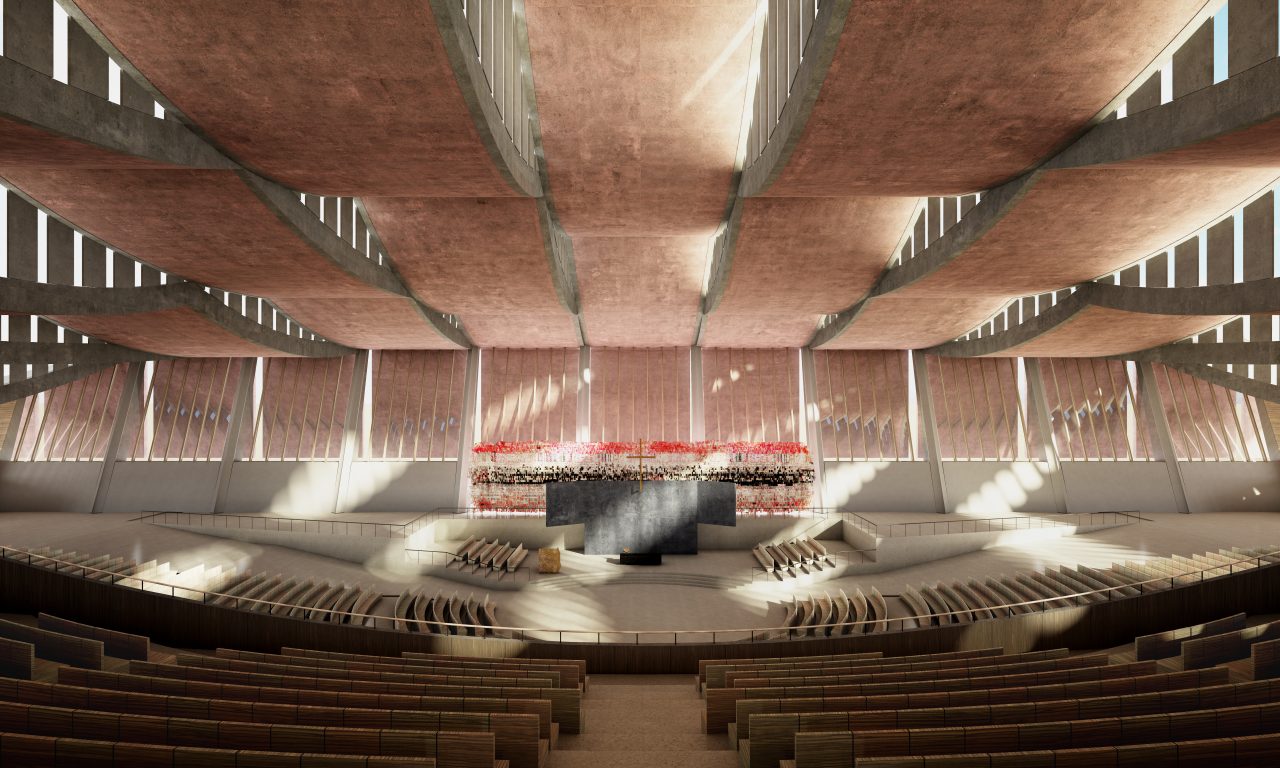


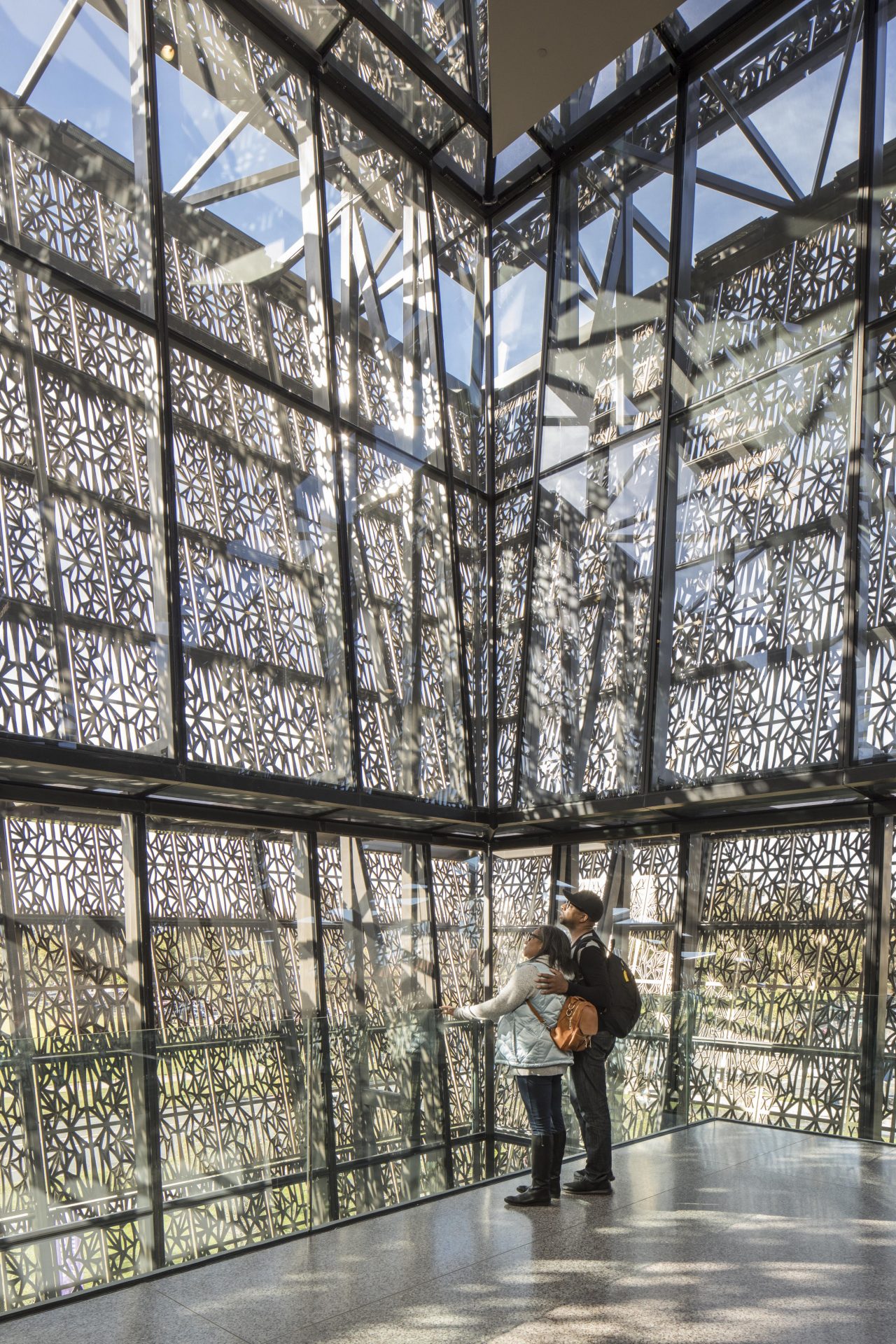
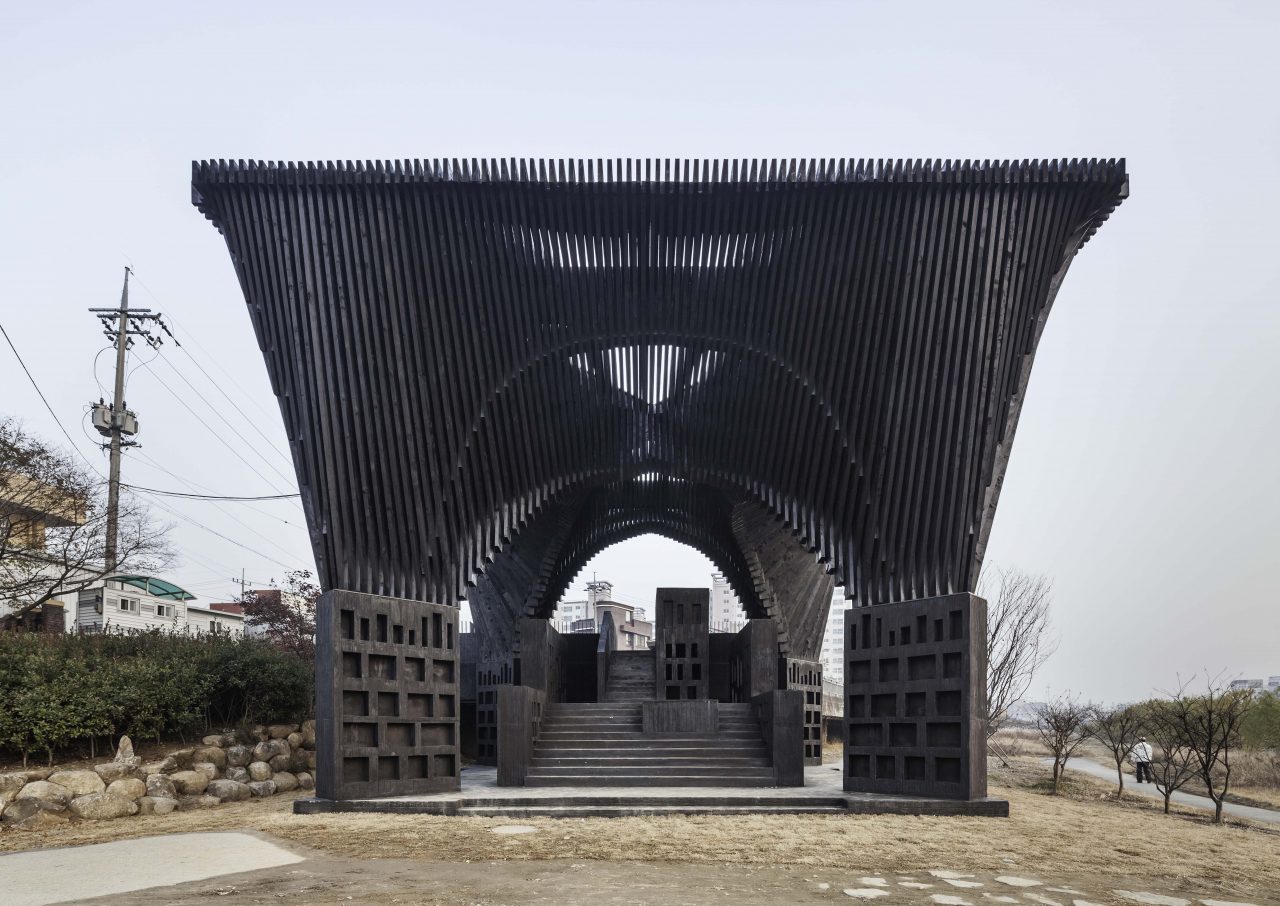
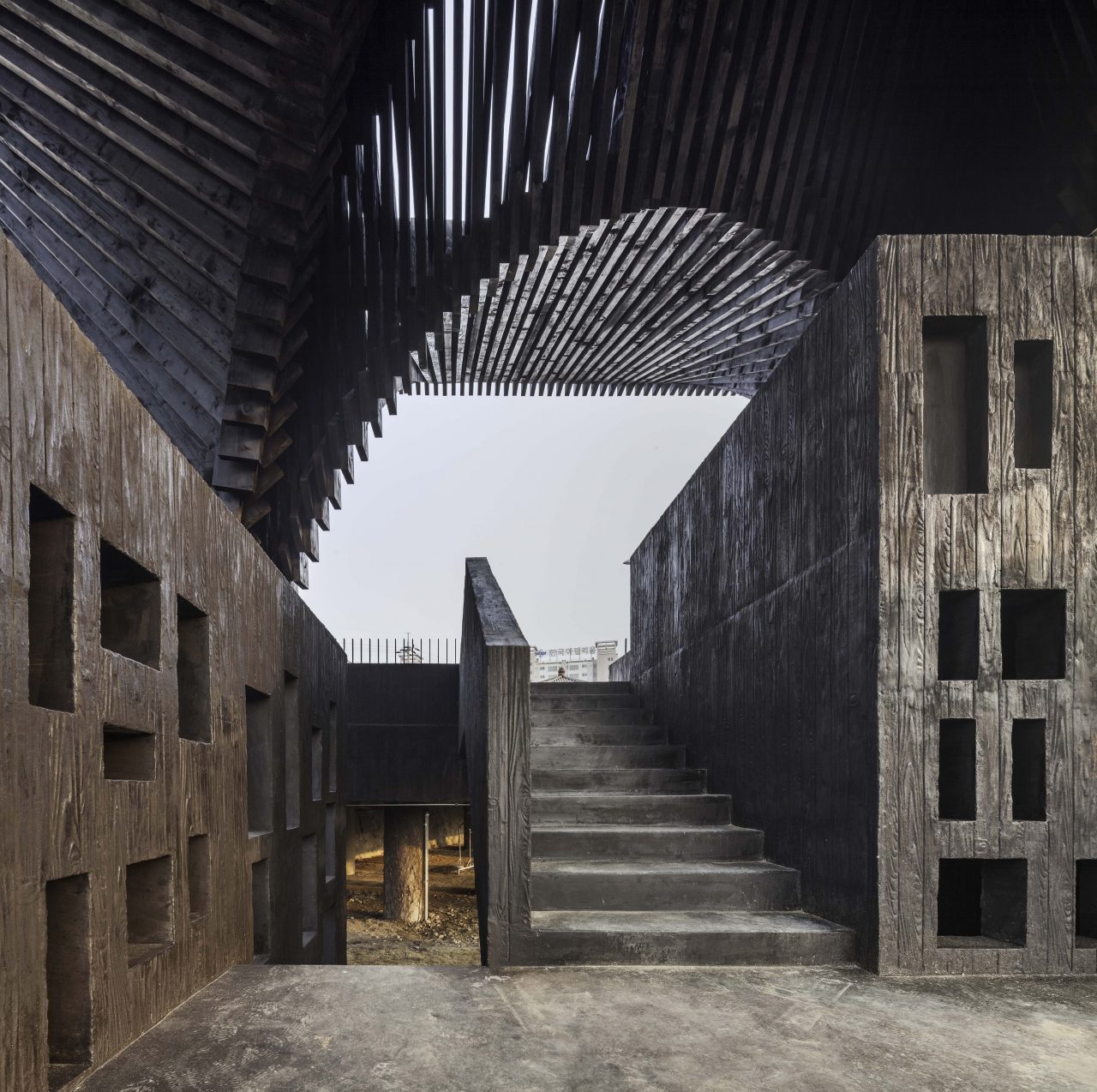
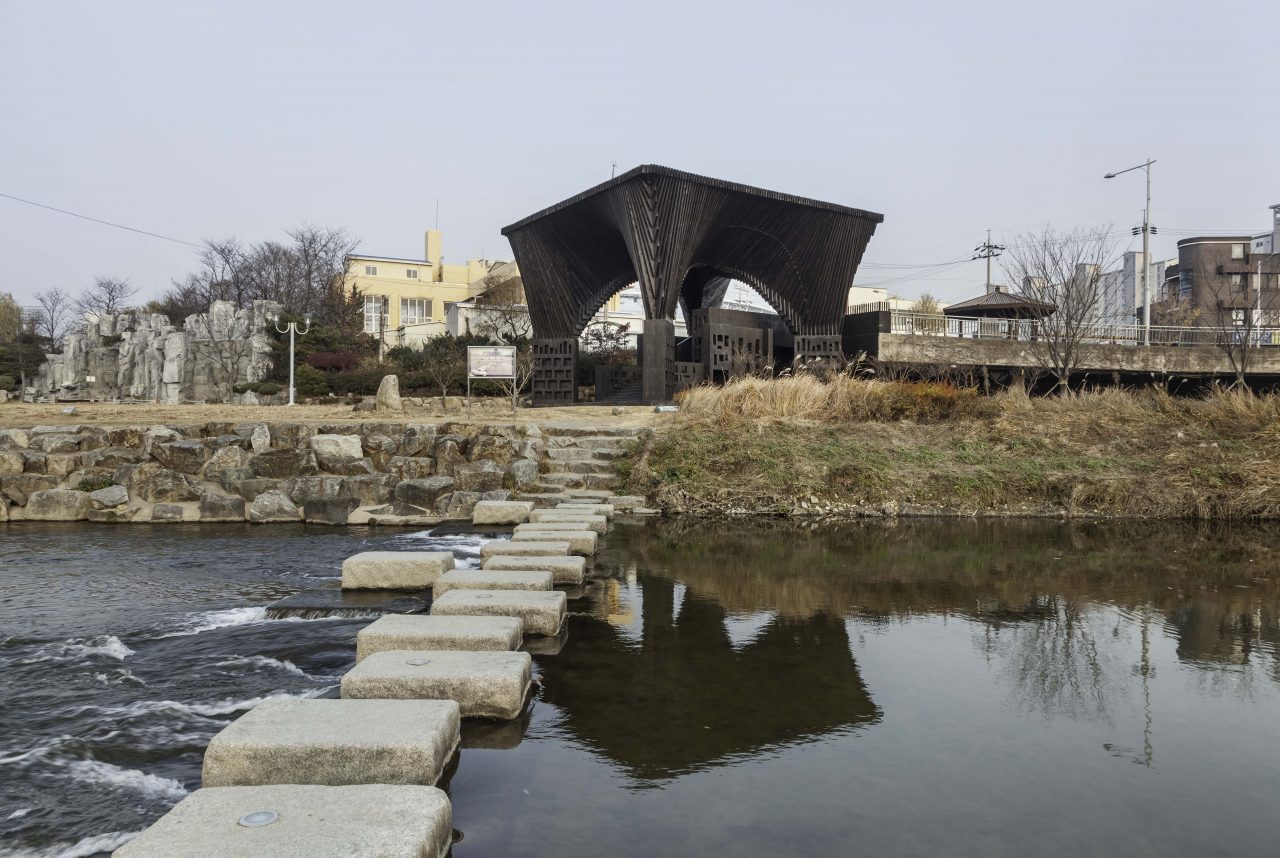
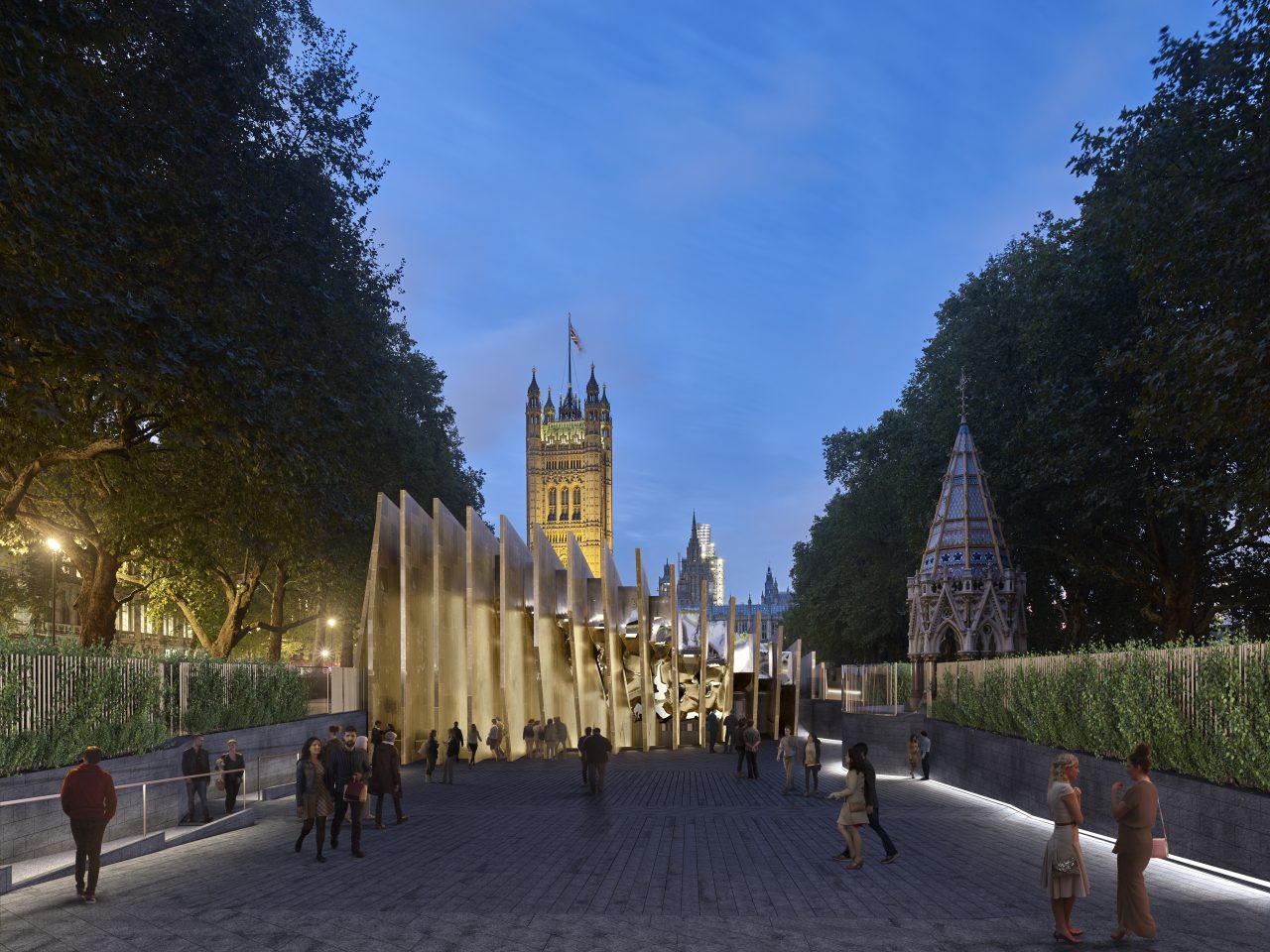
224-238 Kensington High St,
Kensington, London W8 6AG
2nd February – 5th May 2019
_
Text: Monique Kawecki – Ala Champ Editor-In-Chief
Photography: as credited

































